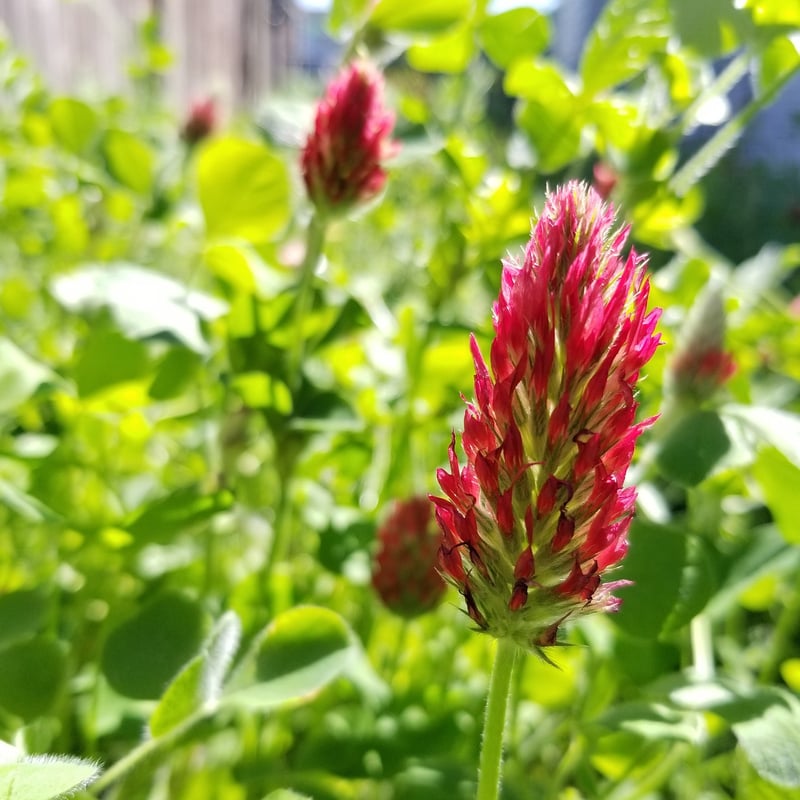Cover Cropping
The Benefits of Cover Cropping for Enhancing Soil Fertility
Cover cropping is a sustainable agricultural practice that involves planting crops specifically to improve soil health rather than for harvest. This method offers numerous benefits for farmers and the environment, especially when it comes to enhancing soil fertility. Let's explore the advantages of cover cropping and how it can boost the productivity of your farmland.
1. Improved Soil Structure
Cover crops help to prevent soil erosion by protecting the soil surface from rain and wind. Their root systems promote better soil structure, reducing compaction and improving water infiltration and retention. This results in healthier soil that can support the growth of crops more effectively.
2. Nutrient Cycling
Leguminous cover crops, such as clover or vetch, have the ability to fix atmospheric nitrogen into the soil through a symbiotic relationship with nitrogen-fixing bacteria. This natural process enriches the soil with nitrogen, an essential nutrient for plant growth, reducing the need for synthetic fertilizers and promoting sustainable agriculture.
3. Weed Suppression
Cover crops compete with weeds for sunlight, water, and nutrients, helping to suppress weed growth without the need for herbicides. This natural weed control method can significantly reduce weed pressure in fields, allowing cash crops to thrive without the interference of unwanted plants.
4. Pest Management
Some cover crops attract beneficial insects that prey on pest species, providing a natural form of pest control. By diversifying the plant species in and around fields, cover cropping can create a more balanced ecosystem that reduces the prevalence of harmful pests, ultimately leading to healthier crops.
5. Increased Biodiversity
Utilizing cover crops introduces diversity into agricultural systems, which is beneficial for soil microbial communities and overall ecosystem health. A diverse range of plant species supports a variety of beneficial organisms in the soil, contributing to increased resilience and sustainability on the farm.
6. Climate Resilience
Cover cropping can help mitigate the impacts of climate change by improving soil carbon sequestration. The incorporation of cover crops increases organic matter in the soil, sequestering carbon and reducing greenhouse gas emissions. This not only benefits the environment but also enhances the long-term productivity of farmland.
Get Started with Cover Cropping Today!
Whether you are a large-scale farmer or a backyard gardener, implementing cover cropping practices can have a profound impact on soil fertility and overall agricultural sustainability. Start small by experimenting with cover crops in a section of your land and observe the positive effects firsthand.
Remember, healthy soil is the foundation of successful farming, and cover cropping is a valuable tool for enhancing soil fertility naturally. Embrace this sustainable practice and reap the benefits of healthier soils and more productive crops for years to come!

For more information on cover cropping and sustainable agriculture practices, visit Sustainable Agriculture Research & Education (SARE).
